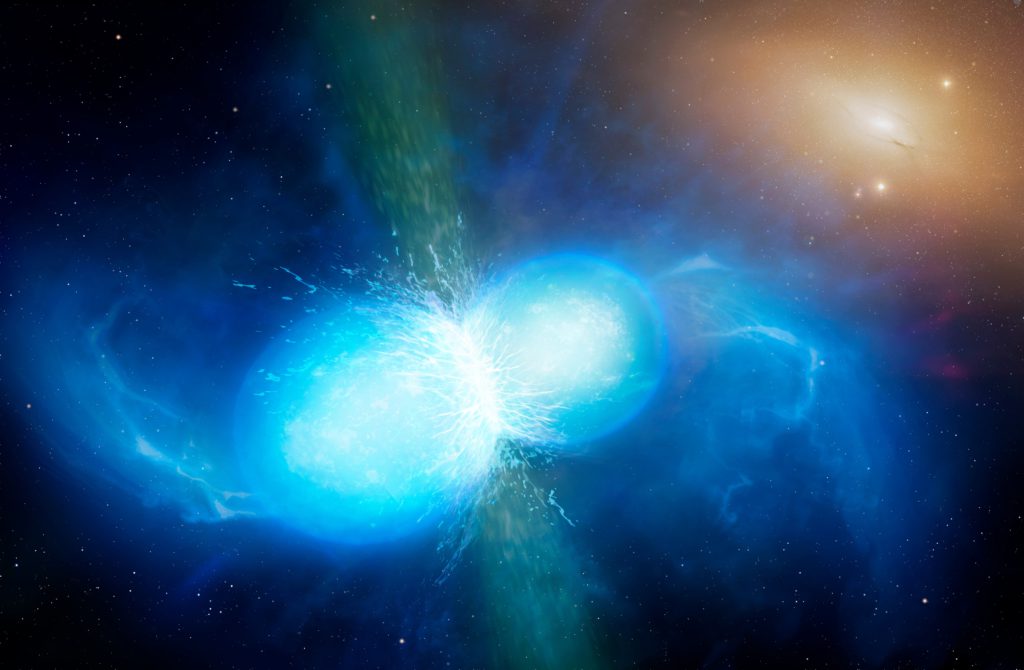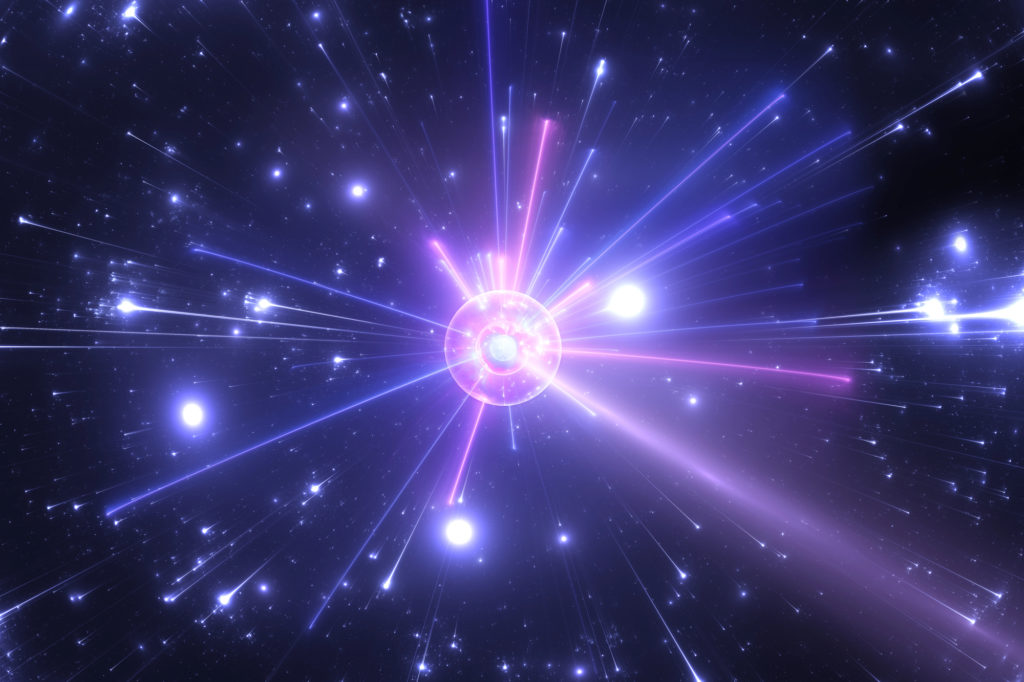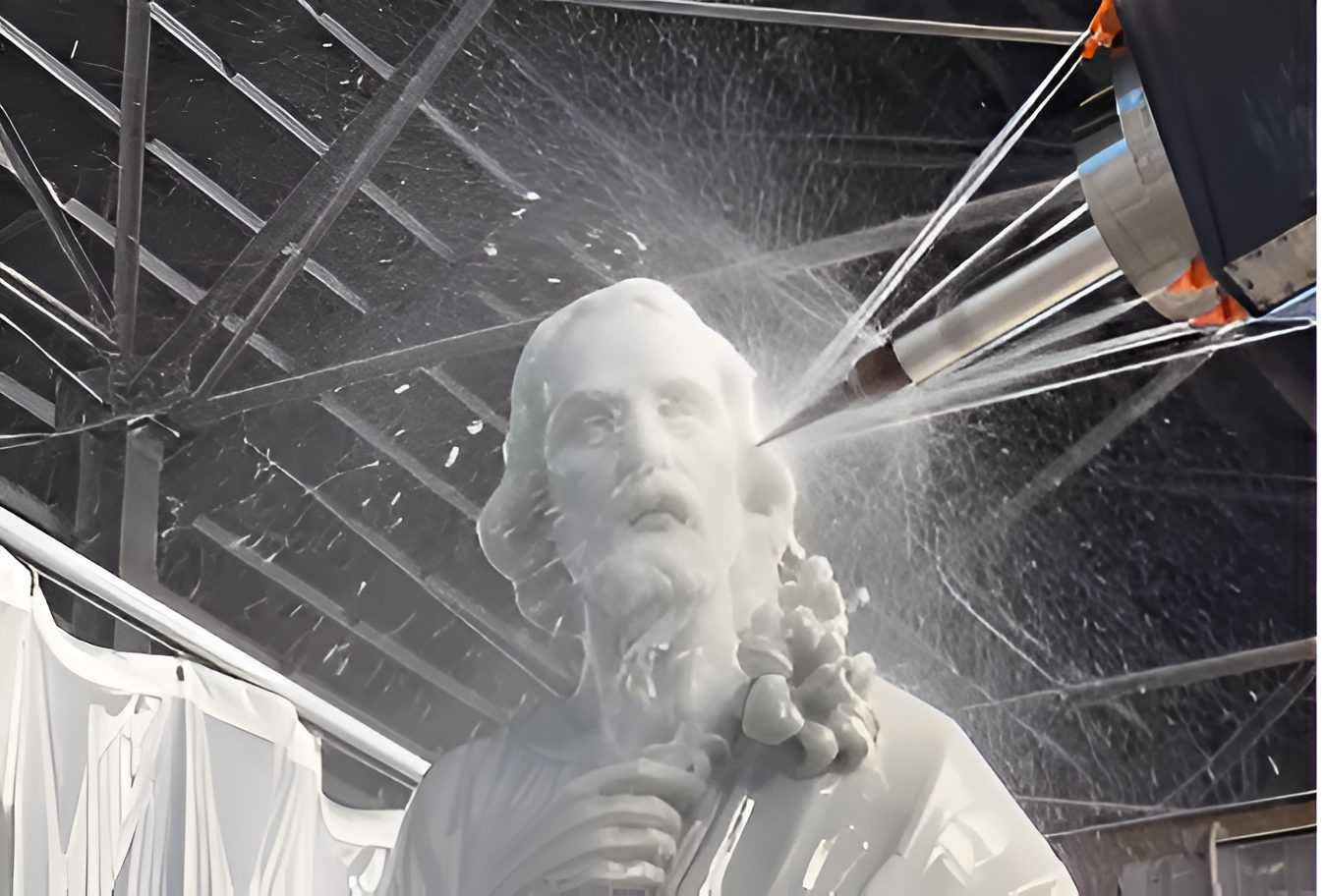Ever wondered what could upend everything we know about the universe? Scientists made eight game-changing discoveries in physics in 2024. Dark energy appears to be weakening, challenging Einstein’s cosmological constant. Supersolids break the rules by acting as both solid and liquid at once. New geometric tools are making complex calculations simple for physicists worldwide.
These developments aren’t just academic curiosities – they reshape our understanding of reality itself. We referenced well-established scientific magazines like Scientific American, Quantum Magazine, Science Daily, and Phys.org to compile this list of the eight biggest breakthroughs that have scientists rethinking the fundamentals.
5. Challenging the Cosmological Constant

Dark energy puzzles have confused astronomers for decades, but DESI’s April 2024 measurements offer startling new clues. Galaxies are clumping closer together than Einstein’s static cosmological constant would predict. Dark energy might not be constant after all – it could be weakening.
This throws a wrench in the standard Lambda-CDM cosmology model. If you’re trying to understand cosmic evolution, this discovery might completely change your view of where the universe is headed. And this potential paradigm shift in our understanding of dark energy is just one of many groundbreaking technologies set to transform our world in the coming years.
4. Creation of a Supersolid

Matter enthusiasts worldwide are buzzing about the supersolid breakthrough at University of Innsbruck. This weird state of matter acts like both a solid and liquid at once. It exhibits both crystalline structure and superfluid properties, but requires ultra-low temperatures to maintain.
Quantum computing faces major materials challenges, but these supersolids might offer the exotic properties needed to build the next generation of quantum machines.
3. Superfluidity and Quantum Tornadoes

Quantum physics gets stranger with the visualization of what amounts to microscopic tornadoes forming in superfluids. These vortices, first predicted by Lars Onsager, occur when matter achieves frictionless flow. Scientists expect to find these vortices in supersolids too.
Spotting both phases is key to confirming what we think we know. Imagine watching quantum tornadoes spin in real-time – that’s exactly what scientists hope to achieve with advanced detection methods.
2. Rotating Supersolids and Neutron Stars

Caught trying to understand neutron star “glitches”? Lab-created rotating supersolids might provide the answer. These stars sometimes have sudden increases in rotation speed that have baffled astronomers for years.
Models suggest a superfluid core might be responsible. The extreme physics at play in neutron stars has confused scientists for decades. However, lab-scale supersolids now offer a window into these mysterious cosmic objects.
1. The Amplituhedron and Particle Collisions

The geometric marvel known as the amplituhedron has revolutionized how we calculate particle interactions, much like how ancient gadgets defied the odds to advance human knowledge. It streamlines calculations for particle collision scattering amplitudes. Initially applied to theoretical particles, its mathematical elegance points to deeper insights.
The structure offers new geometric perspectives on quantum field theory. Calculations that once took months can now be completed in minutes with this revolutionary geometric approach.




























